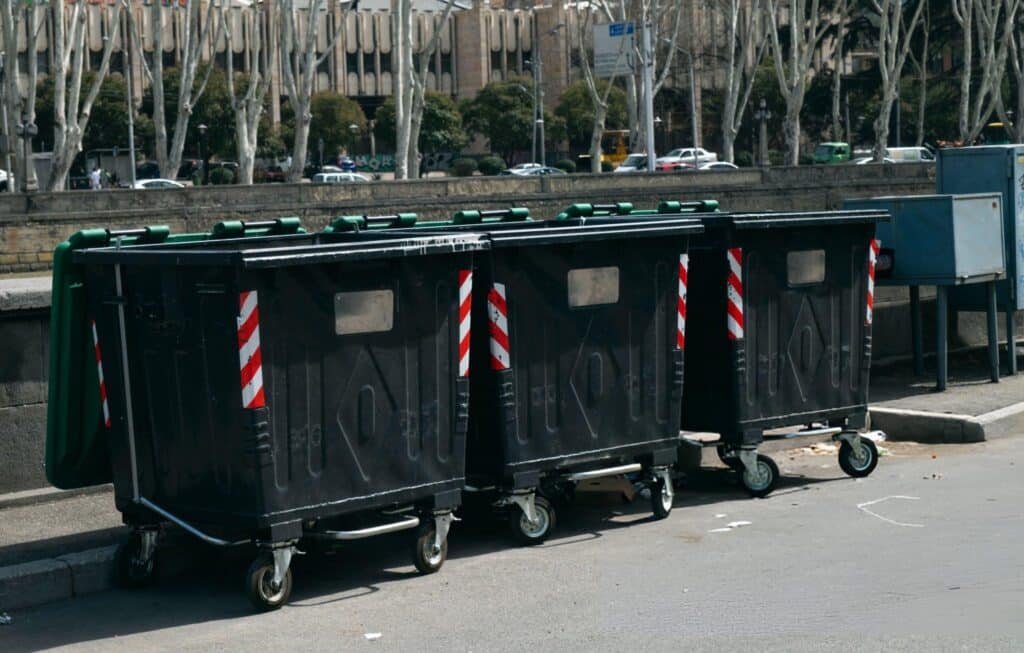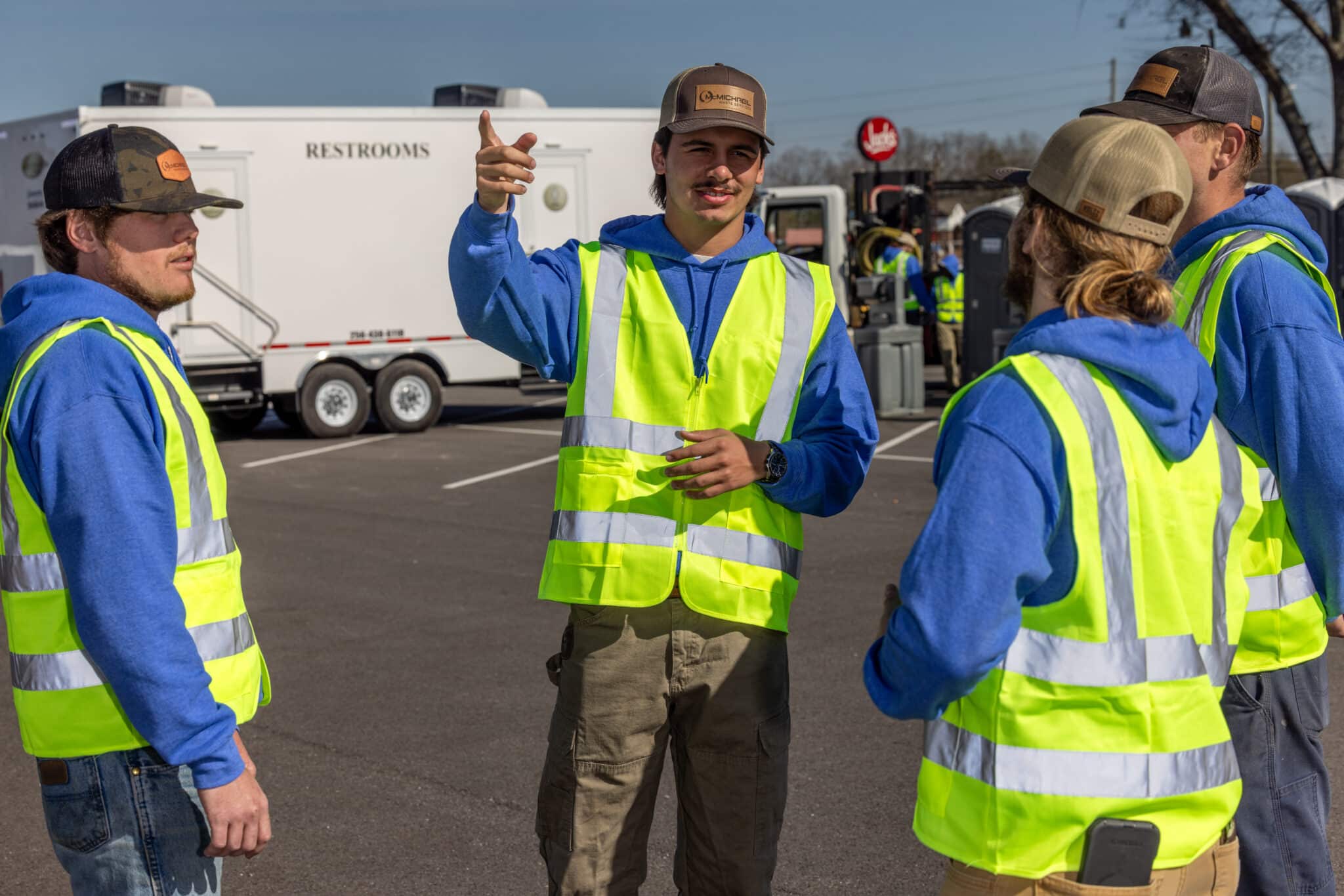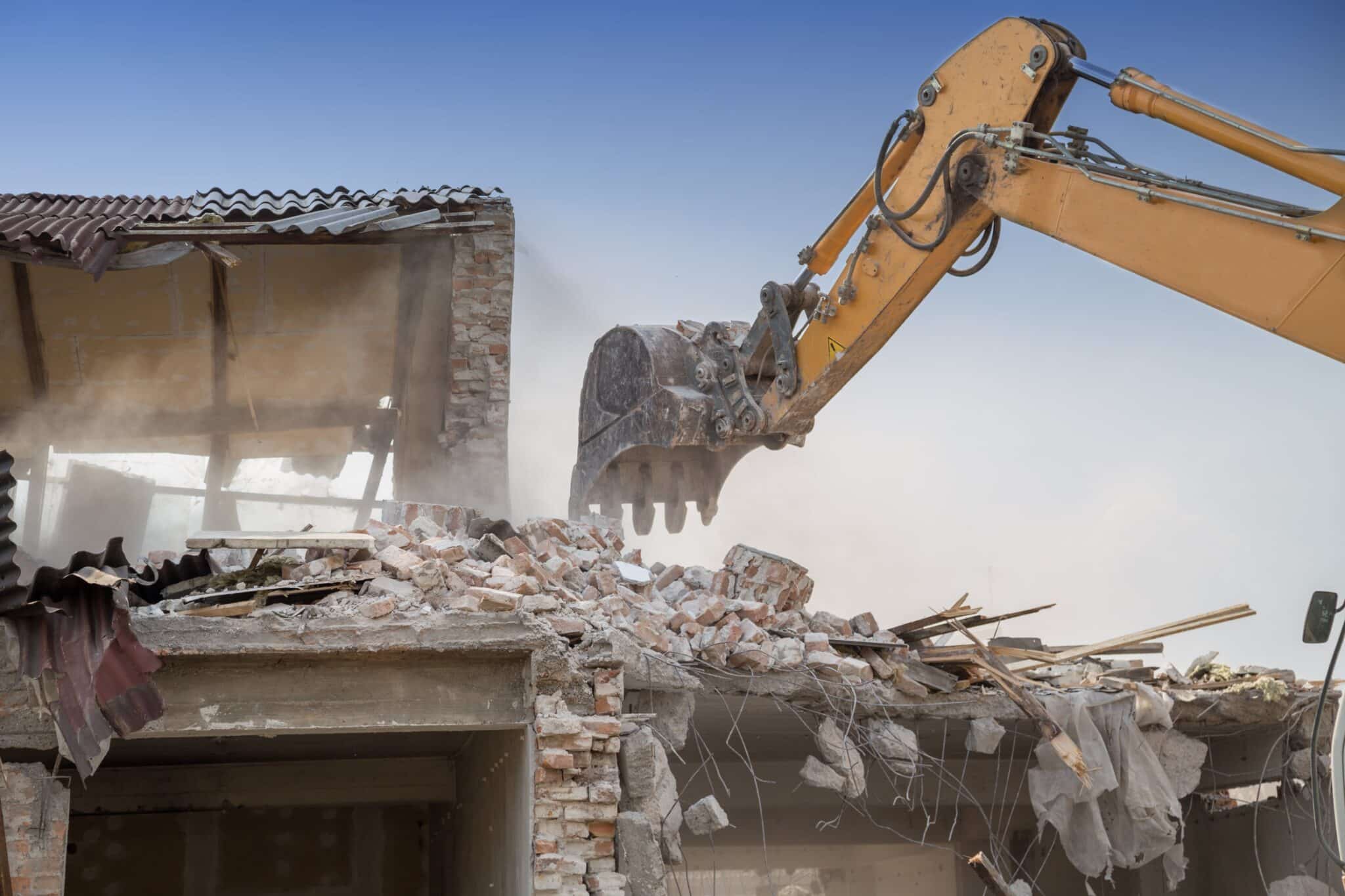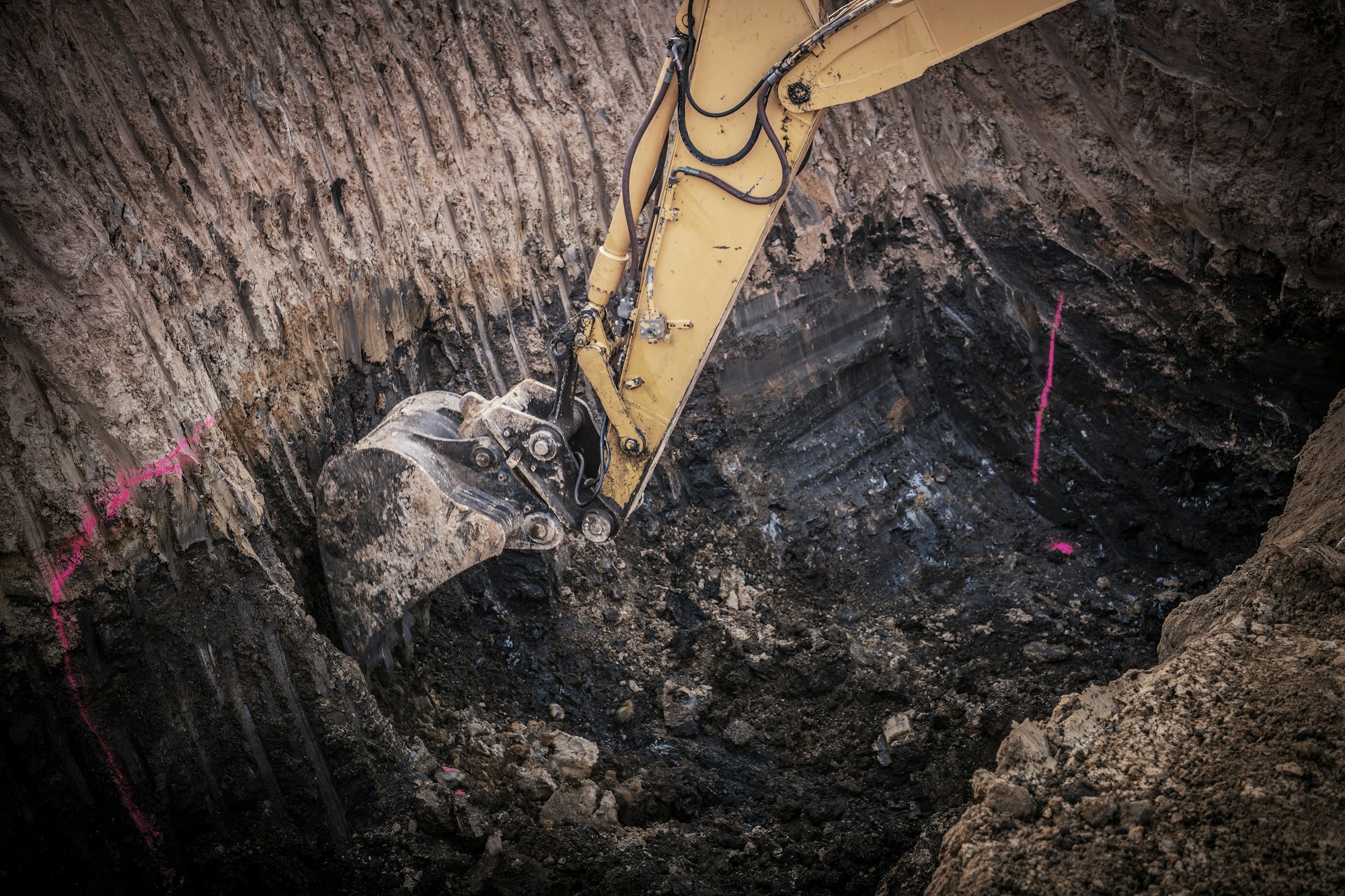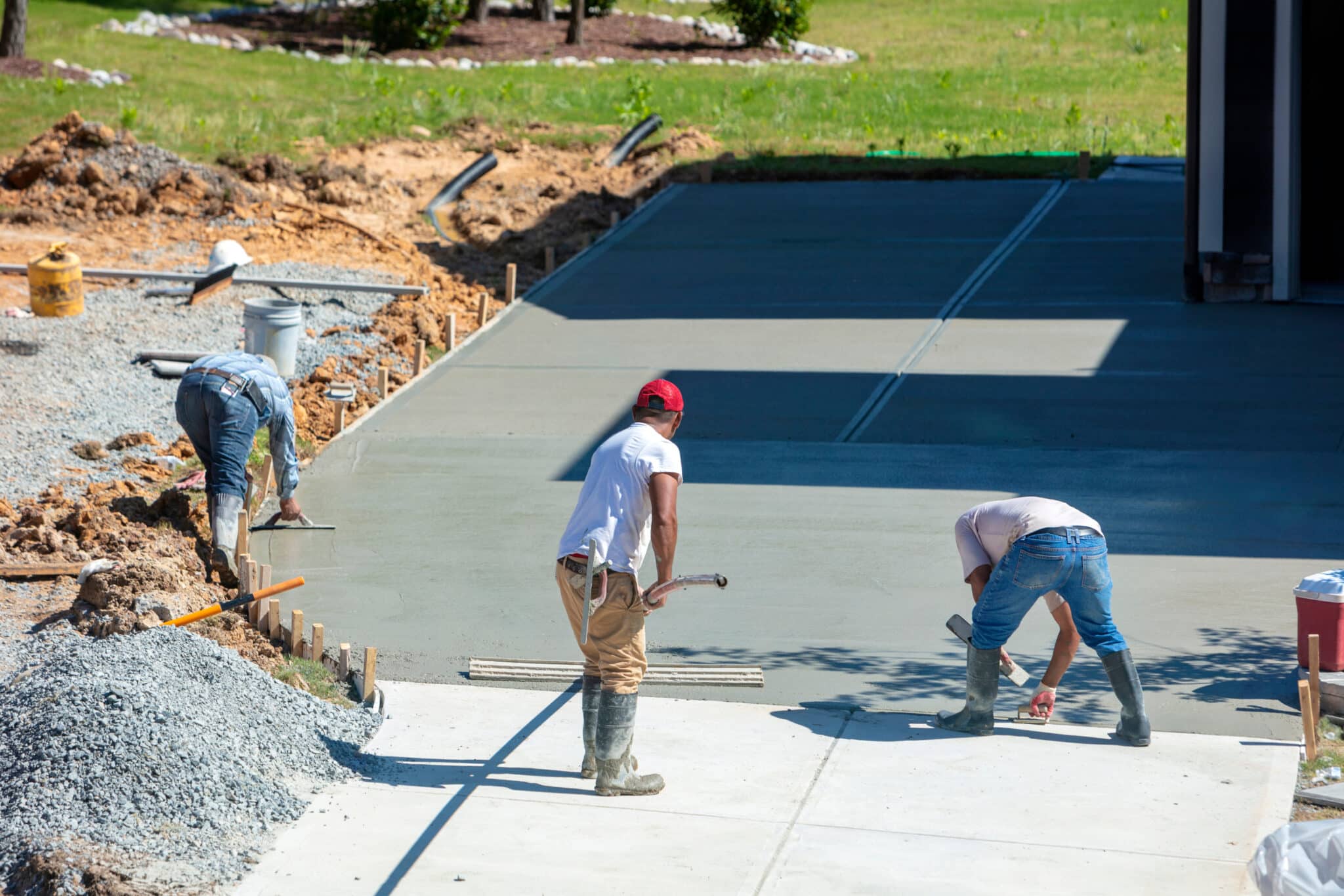Placing a roll-off dumpster at a job site might seem like a small detail, but it plays a big role in how smoothly everything runs. When done right, proper placement helps crews work more efficiently, keeps equipment moving safely, and avoids unnecessary delays. When done poorly, it can get in the way, create safety risks, and turn a tight schedule into a stressful mess.
Whether it’s a small remodel or a large construction project, every job site has its quirks. Thinking ahead about where the dumpster goes can save everyone time and frustration. A little planning can help you keep the site clean and reduce extra steps for your crew. Let’s look at some smart ways to figure out where that dumpster should land.
Assessing The Job Site
Before anything is dropped off, take time to look over the entire job site. This step helps you figure out what kind of space you’re working with. Start by measuring out key areas so you know how much room you actually have. Keep in mind the size of the roll-off dumpster you plan to use. They take up more space than a standard pickup truck, so squeezing them into the wrong spot may cause headaches later on.
Walk through the site and notice the flow of foot traffic, equipment operation, and delivery routes. You want to place the dumpster where it’s easy to reach but not in the way. Avoid placing it near entrances, exits, or drive lanes where vehicles and machines need to pass through.
Look for these things when planning dumpster placement:
– Flat, stable ground that can support the dumpster’s weight, even when full
– A site entrance wide enough for delivery trucks to enter and back up safely
– Clear access from work areas, so workers don’t have to walk far to toss debris
– Avoid overhead wires or tree branches that might block lift trucks when dropping off or picking up
– Distance from structures, fences, or walkways to prevent damage or blocked paths
Think about weather, too. If you’re expecting summer storms or heavy rain, avoid low areas where water pools easily. A well-placed dumpster keeps your job site clean and efficient without creating new problems.
Safety Considerations
Safety comes first on any project, and that includes where you put the dumpster. One common mistake is placing a container too close to where heavy equipment operates. This creates blind spots and raises the chances of a collision. Keep dumpsters in areas with clear visibility and low traffic from loaders, cranes, or forklifts.
You also want to keep walkways and exit paths free. Workers should never need to step over debris or navigate around dumpsters to move through the job site. Watch for sharp turns or narrow passages. These can become dangerous if cluttered.
Here are a few safety-related points to think through:
– Keep the dumpster far enough from the main work zone to avoid congestion
– Make sure it’s not blocking fire lanes, emergency exits, or main entrances
– Use temporary fencing or signage if your site is open to the public
– If work is being done at night, add lighting around the area so the container remains visible
– Only load to the fill line. An overfilled dumpster can tip or cause spills, adding hazards
Staying ahead of safety issues with smart placement reduces the risk of accidents and keeps your team working without disruptions. With a little foresight, you won’t just meet site rules. You’ll stay on pace and help avoid costly delays.
Maximizing Efficiency
Putting dumpsters close to the work areas means less time walking back and forth. This simple move can save lots of time, especially on big job sites. Workers won’t have to leave their tasks for long just to throw away waste, helping everything stay on track.
Think about what kind of waste the job will create. If there’s a lot of recyclables, it might make sense to have separate dumpsters for them. Same goes for materials that might be hazardous. This setup not only makes sorting easier but can also save money by avoiding extra fees for mixed loads.
Consider these points when planning for efficiency:
– Place dumpsters for general waste, recycling, and hazardous materials close to their sources
– Arrange multiple dumpsters in a row if more space is available, creating easy access
– Use clear labels on each container so workers know exactly where to put different materials
This strategy cuts down on mistakes and keeps the process running smoothly, making sure waste is handled properly without creating a mess.
Flexibility And Adjustments
As projects continue, you might need to move things around. Equipment can create new demands on space, or the work area might shift. Staying flexible with dumpster placement helps avoid these potential problems. It really helps to have someone regularly checking the placement to make sure it’s still working for everyone involved.
If things need adjusting, here are some tips:
– Set up regular check-ins with site managers to evaluate placement needs
– Decide who will oversee moving dumpsters if needed, making sure everybody is on the same page
– Communicate with everyone about changes using clear signage or notices
Flexibility isn’t just about moving things around. It’s also about communication. The clearer your updates are, the smoother everything flows. Good trash placement can go a long way toward keeping the site orderly and stress-free.
Smart Strategies For Roll-Off Dumpster Placement
Choosing the right spot for your dumpster is more than just finding a flat piece of land. It involves looking at how work flows, addressing safety, and being open to shifts as the project changes. Dumpsters need to support work, not get in the way. By considering site layout, adjusting as needed, and holding safety as a priority, you can make sure the project stays on schedule while keeping things efficient and safe.
Smart placement keeps everything organized. Thoughtful waste management helps prevent small issues from building up into real problems. When all these strategies come together, they create a smoother, more economical project that finishes strong. Take the time to plan out these small details, and you’ll see just how much smoother your job site can run.
When planning your project, consider how the strategic placement of dumpsters can make a big difference. By keeping safety measures in mind and planning for flexibility, your site can operate smoothly and efficiently. If you’re ready to optimize your waste management, explore our services for reliable and effective roll-off dumpsters. At McMichael Waste Services, we’re here to support your project needs from start to finish.


